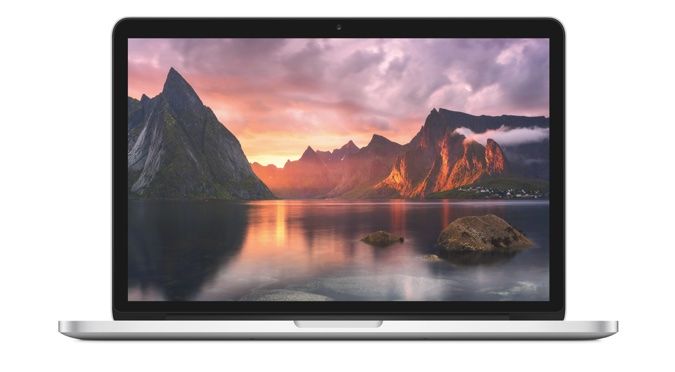Apple 15-inch MacBook Pro Gets Force Touch, More Speed

May the Force pad be with you - and a lot more power. After updating its 13-inch MacBook Pro with its new Force Touch trackpad, Apple has now done the same for its 15-inch machine. Starting at the same $1,999, the 15-inch MacBook Pro with Retina Display also gets faster flash storage and beefier discrete graphics along with longer battery life.
Like the 13-inch MacBook Pro and 12-inch MacBook, the Force Touch trackpad uses a Taptic Engine to deliver haptic feedback, so it feels like the touchpad is physicially clicking downward when it really isn't. The trackpad also supports several gestures. For example, a Force click on a search result in the Safari browser allows you to preview the page without opening a new tab. Or you could look up in an address in a pop-up window while you're in the Mail app.
Apple claims that the new 15-inch MacBook Pro 's flash storage is up to 2.5 tiems faster, offering throughput up to 2Gbps. Just as important, this machine is rated for an additional hour of battery life - up to 9 hours of wireless web surfing.
The starting $1,999 configuration comes with a 2.2-GHz quad-core Intel Core i7 CPU, 16GB of memory, 256GB of flash storage and Intel Iris graphics.
If you opt for discrete graphics instead of Intel's Iris integrated graphics, the AMD Radeon R9 M370x GPU promises up to 80 percent faster performance, whether you're editing video in Final Cut Pro or playing games. That $2,499 configuration also packs a 2.5-GHz Core i7 chip, 16GB of RAM and 512GB of flash storage.
Those with a need for even more speed can get up to a 2.8-GHz CPU and flash storage up to 1TB. Stay tuned for our full review.
- Laptops with the Longest Battery Life
- 12-Inch MacBook vs. Dell XPS 13: Ultraportable Face-Off
- Laptop Buying Guide
Stay in the know with Laptop Mag
Get our in-depth reviews, helpful tips, great deals, and the biggest news stories delivered to your inbox.

